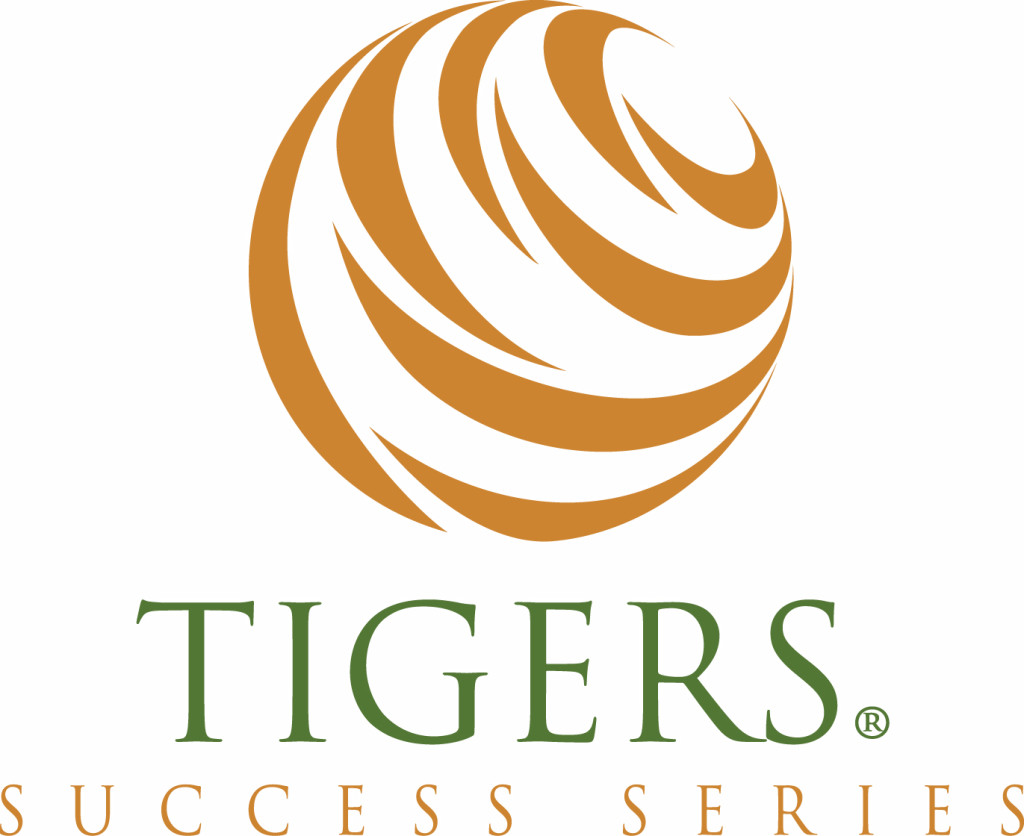 While engagement levels are still higher compared to the same time in 2015, levels slipped to 32.7 percent in May after the two previous months remained above 33 percent, according to U.S. Employee Engagement Slips Below 33% in May. Employee engagement levels have steadily increased over the past three years, and levels in 2015 largely remained between 31.5 and 32.1 percent with a rise to 32.8 percent in December. With the strong start to 2016, engagement levels have averaged 32.9 percent during the first half of the year. After the slip in May, engagement levels have remained steady at 32.6 percent in June, notes U.S. Employee Engagement Steady in June. Gallup research also reports that 50.7 percent of employees were not engaged and 16.7 percent were actively disengaged in June.
While engagement levels are still higher compared to the same time in 2015, levels slipped to 32.7 percent in May after the two previous months remained above 33 percent, according to U.S. Employee Engagement Slips Below 33% in May. Employee engagement levels have steadily increased over the past three years, and levels in 2015 largely remained between 31.5 and 32.1 percent with a rise to 32.8 percent in December. With the strong start to 2016, engagement levels have averaged 32.9 percent during the first half of the year. After the slip in May, engagement levels have remained steady at 32.6 percent in June, notes U.S. Employee Engagement Steady in June. Gallup research also reports that 50.7 percent of employees were not engaged and 16.7 percent were actively disengaged in June.
Slipping engagement levels are a concern for employers because disengaged employees are less productive and cost employers time and money. To improve employee engagement levels, leaders can implement some team building strategies.
Team building strategies to improve employee engagement
Leaders need to be engaged.
Engagement levels seem to be affected from the top down. When executive teams are engaged, managers are also 39 percent more likely to be engaged. And when managers are engaged, their team members are more likely to be engaged, too. When leaders are implementing change initiatives within their organizations, the only way that the change will succeed is if leaders engage employees at all levels and implement a trickle-down strategy. When executive team members are engaged first, organizations experience improved performances, productivity and profits. To improve engagement levels, leaders should promote open communication, provide opportunities to offer input and support for middle management during times of change.
Focus on safety.
Organizations that place employee safety as a top priority enjoy higher levels of engagement. This includes physical, mental and emotional safety. Engagement and safety seem to go hand-in-hand. Gallup research finds that businesses that are in the top 25 percent of Gallup’s employee engagement database experience 70 percent fewer safety incidents compared to the bottom 25 percent. Safe and engaged businesses have a few factors in common that leaders can implement in their own organizations: all employees are committed to quality work; the organization’s mission makes employees feel that their jobs are important; and employees feel that their opinions and input matter and are valued.
Improve diversity.
Organizations that promote diversity in the workplace enjoy the added benefit of more engaged employees. Employee engagement encompasses many different factors, including how likely employees are to stay with their current employer and how confident they are that their employer would handle workforce bias and discrimination concerns fairly. When a workplace is diverse and employees are engaged, organizations experience 46 to 58 percent higher financial performances, according to Gallup research. Improving diversity can be fairly easy once employers commit to it. But after the hiring is done, leaders will likely need to improve the inclusiveness of their team members. One way to do this is to implement a strengths-based approach to employee development. This means identifying each employee’s strengths and talents and putting them in a position to develop their skills and strengths. This leads to a diverse and engaged workforce.
Assess your team.
Leaders cannot improve their employee engagement levels if they do not know where they currently are. One way to determine this information is through a team culture assessment like the TIGERS 360 Team Survey, which assesses the quality of workforce behaviors and opinions based on trust, interdependence, genuineness, empathy, risk and success indicators. These six principles are important because they are necessary to produce a cooperative and engaged workforce with positive team relationships. Organizations that participate in the survey are first provided with an initial survey that assesses the team and provides targeted development strategies to improve the culture. Organizations are then provided with additional comparison surveys that track the team’s progress and illuminate their next steps. Once leaders assess their current culture, they can take steps to improve it with targeting training and team interventions.
Employee engagement levels are important for employers to understand because disengaged employers lead to lower productivity and profits for the organization. So slipping levels in May and stable levels in June are a concern for businesses who are trying to improve engagement levels within their organizations. June levels were at 32.6 percent, which is down from 33 percent in March and April, so there are some team building strategies that leaders can implement to improve levels. Some strategies include: starting with leadership engagement levels; focusing on employee safety; improving diversity; and assessing your team’s current culture and implementing steps to improve standings. With these strategies, leaders can improve engagement levels within their organizations.
Here are some additional resources from collaborators that help to expand this conversation further.
- S. Employee Engagement Slips Below 33% in May
- S. Employee Engagement Steady in June
- Managing in Tough Financial Times: Does Engagement Help?
- Engaged Workplaces Are Safer for Employees
- Using Employee Engagement to Build a Diverse Workforce
Copyright TIGERS Success Series, Inc. by Dianne Crampton
 About TIGERS Success Series
About TIGERS Success Series
TIGERS Success Series is a Bend, Oregon Leadership and Team Improvement Consultant that helps committed leaders build more cooperation among employees and collaboration between departments for improved growth and revenue.
We do this by deploying the TIGERS team process that improves workforce behaviors that are anchored by trust, interdependence, genuineness, empathy, risk resolution and success. Providing diagnostics and customized team interventions, you can improve both work culture and transform your adequate teams into exceptional ones. We also license and train HRD Executives, Project Managers, Managers, Trainers and Team Consultants in the use of our award winning resources. For more information, call 1+ 541-385-7465.